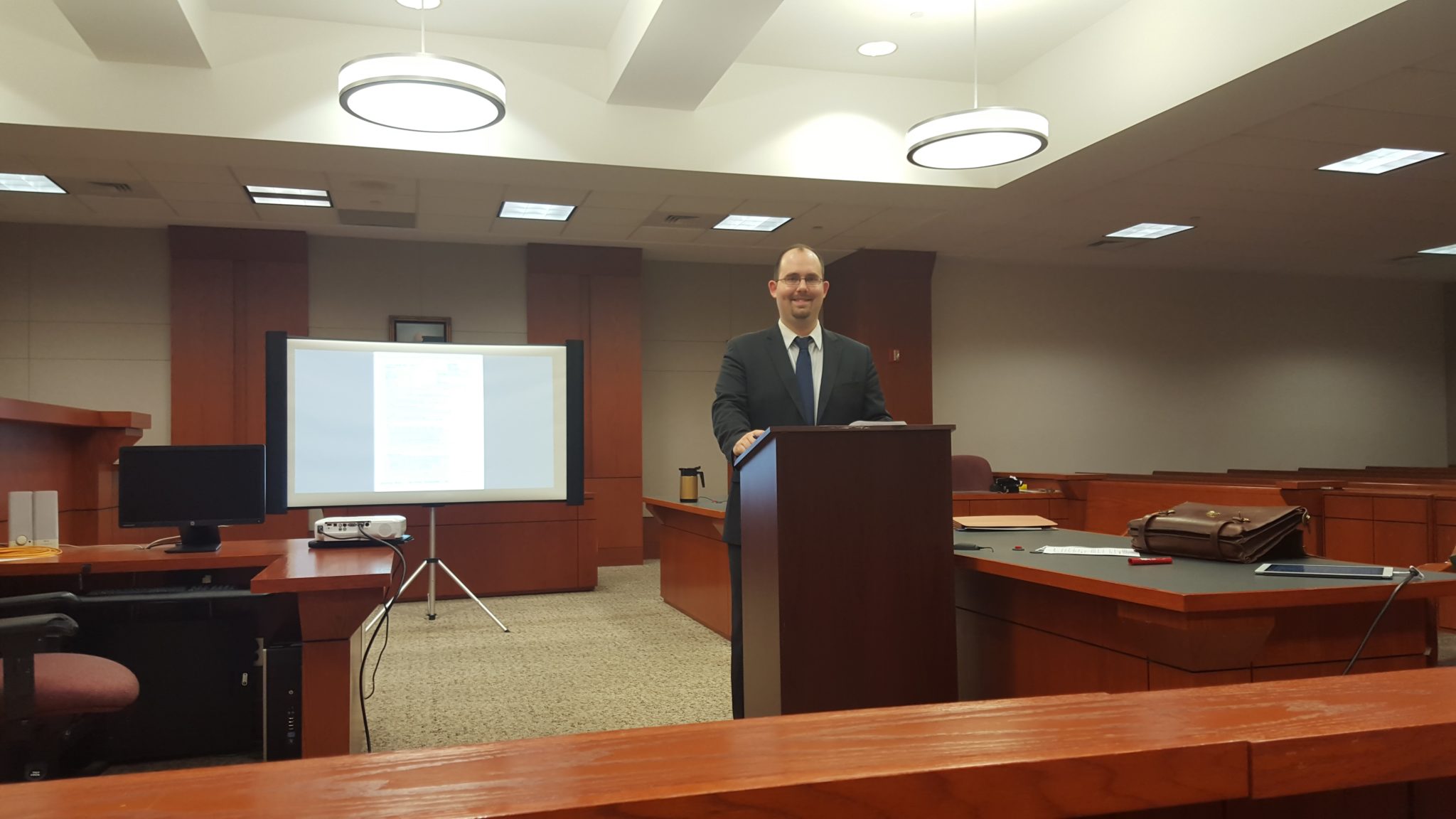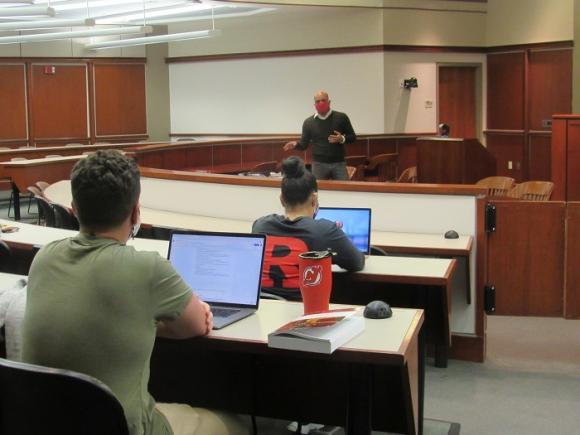From Concept to Court: Actions to Develop Effective and Persuading Trial Presentations
From Concept to Court: Actions to Develop Effective and Persuading Trial Presentations
Blog Article
Navigating the Complexities of Trial Presentations: Tips for Seamless Distribution and Compelling Debates
In the realm of legal procedures, the art of trial discussion stands as a vital determinant of success. The complexities integral in trial presentations call for a delicate equilibrium of method, skill, and finesse.

Recognizing Trial Goals
To efficiently browse a trial, it is crucial to have a clear understanding of the goals that require to be achieved. Before tipping into the court room, lawful teams need to specify their goals and desired end results. These goals act as directing principles throughout the test, shaping approaches and affecting decision-making procedures.
Understanding trial goals involves an extensive analysis of the case, legal precedents, and the customer's best interests. Trial Presentations. It needs a careful exam of the facts, identifying essential concerns, and preparing for possible obstacles. By setting measurable and specific objectives, lawyers can customize their discussions and arguments to align with the desired outcomes
Furthermore, a clear grasp of test objectives makes it possible for lawful teams to focus on proof, witnesses, and lawful arguments effectively. It permits the advancement of a systematic narrative that resonates with the court and jury, reinforcing the general instance discussion.

Organizing Evidence Efficiently
Having a clear understanding of test objectives lays the foundation for arranging proof efficiently in legal proceedings. By lining up the discussion of evidence with the wanted outcomes of the trial, lawful groups can reinforce their arguments and enhance their persuasiveness.
One more trick aspect in organizing proof successfully is developing a sensible flow. Providing evidence in a coherent and sequential fashion can aid construct an engaging narrative that supports the legal arguments being made. Additionally, using visual aids such as graphs, graphes, or timelines can further boost the company of evidence and assist in clearing up complex relationships or series of occasions.
In addition, making certain that all proof provided is admissible and appropriate to the instance is important. Irrelevant or inadmissible evidence can diminish the stamina of the argument and possibly damage the integrity of today party. Consequently, a careful testimonial and option process must be carried out to consist of only one of the most impactful and legally sound proof in the test discussion.
Crafting Influential Stories
Crafting compelling narratives plays a critical role in providing influential debates during legal procedures. A well-crafted story has the power to astound the target market, evoke feelings, and ultimately persuade the choice in support of the offering party. When constructing a narrative for a trial presentation, it is have a peek at this site vital to develop a clear storyline that highlights bottom lines and attaches them in a systematic manner. Begin by describing the facts of the instance in an engaging way, making certain that the sequence of occasions is easy to adhere to. Introduce personalities properly, giving history info that aids the audience comprehend their inspirations and activities. In addition, incorporating brilliant descriptions and engaging language can bring the story to life, making it much more remarkable for the discretionary. By weaving together proof, statement, and lawful disagreements into a natural and persuasive story, legal specialists can effectively promote for their clients and enhance the probability of a beneficial end result in the court.
Mastering Visual Aids
Effective usage of aesthetic help is key to improving the effect and clearness of test presentations. Visual aids, when utilized tactically, have the power to simplify complicated info, strengthen bottom lines, and leave a long-term perception on the discretionary. To master visual help in test presentations, it is essential to ensure that they are clear, concise, and relevant click this site to the arguments being made.
When including visual help, such as graphes, timelines, photographs, or charts, right into a test discussion, it is important to keep them visually appealing yet professional. The visuals must complement the verbal debates, offering a graph of the details being discussed without frustrating the target market with unneeded details.
Moreover, exercising with the visual help ahead of time is critical to ensure a seamless delivery throughout the trial. Acquainting oneself with the web content, shifts, and timings of each visual help can assist keep the circulation of the presentation and stop technical glitches that may emerge.
Providing Impactful Closing Disagreements
An engaging closing disagreement serves as the end result of a test discussion, check here encapsulating the core narrative and persuading the judge and court in the direction of a positive choice. Begin by detailing the primary arguments that support your customer's setting, stressing why the evidence presented throughout the test supports your story.
Moreover, incorporating emotional charm can even more strengthen your closing argument. By humanizing the case and attaching on an individual degree with the decision-makers, you can stimulate empathy and understanding, influencing their perception of the realities presented. In addition, reiterating the legal requirements that need to be fulfilled for a desirable judgment can strengthen the legitimacy of your setting. Ultimately, a well-crafted closing disagreement need to leave a lasting perception, engaging the discretionary to regulation in your client's favor.
Final Thought
Finally, understanding test discussions entails recognizing purposes, arranging proof, crafting narratives, utilizing visual aids, and providing impactful closing disagreements. By carrying out these methods properly, lawyers can offer their situation effortlessly and make engaging disagreements in the court room. It is critical to browse the complexities of test discussions with accuracy and skill to accomplish success in lawful process.
By straightening the discussion of proof with the preferred outcomes of the trial, lawful groups can strengthen their arguments and enhance their persuasiveness (Trial Presentations). To understand visual help in trial discussions, it is critical to make certain that they are clear, concise, and appropriate to the disagreements being made
An engaging closing debate offers as the end result of a trial discussion, encapsulating the core narrative and persuading the judge and jury in the direction of a beneficial decision. Begin by describing the main debates that sustain your customer's setting, highlighting why the evidence provided throughout the trial sustains your story.In conclusion, grasping test presentations entails recognizing goals, arranging proof, crafting stories, utilizing visual help, and providing impactful closing arguments.
Report this page